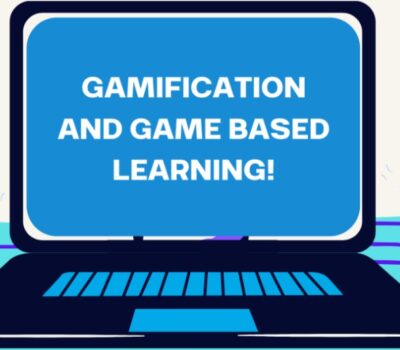


Our team sorts through all blog submissions to place them in the categories they fit the most - meaning it's never been simpler to gain advice and new knowledge for topics most important for you. This is why we have created this straight-forward guide to help you navigate our system.
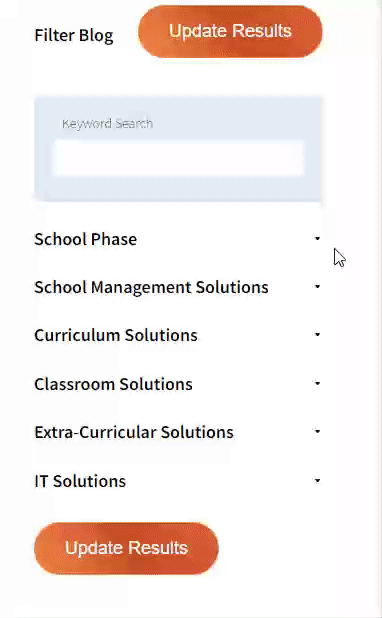

And there you have it! Now your collection of blogs are catered to your chosen topics and are ready for you to explore. Plus, if you frequently return to the same categories you can bookmark your current URL and we will save your choices on return. Happy Reading!

In this blog I wanted to share with you some thoughts on how teachers keep track of CPD activity, a continuous process or a yearly job, it is something we are faced with doing!
As teachers across educational sectors and subjects, it is likely that at some point during the year, we will be asked to provide this information. With the ETF (2020) reporting that, on average, FE teachers are engaging in around 30 hours of CPD a year (2020:8), there is much to document. However, it seems there is no standardized way of doing this. Does your workplace have a system in place that makes this easier?
As part of my research into artist-teachers in adult community learning (ACL), I surveyed participants (n=42) on how they stored and kept track of their CPD. 35 responded to the question. Table 1 shows the responses from my participants. The most frequent method was some kind of digital system (n=9), through the system varied between participants. This was closely followed by those who do not keep track in any way (n=8)!
Table 1: Artist-Teachers: How do you currently keep track of your CPD activities?
| Method Category | Subcategories | Freq. |
| Digital | Google drive folder, Calendar entries and a MS 365 Teams Notebook, Google doc Spreadsheet (2), MS Word-based list, Through my emails, Folder on laptop, Recording visual diaries in my PC | 9 |
| Paper Based | Diary Keep a note of them (2) | 3 |
| Collection of Certificates | Certificates (2) Save digital copies of training certificates, Print out and keep certificates (2) | 5 |
| CV | I list them [on my] CV. (2) | 2 |
| Education and Training | Through programme of study | 1 |
| Accounts (Money) | I can see what I’ve paid for in my accounts | 1 |
| Do not | 8 | |
| Other | With difficulty because of duplication between providers | 1 |
| Workplace System | My workplace, Additional hours spreadsheet, Work spreadsheet, Records are kept centrally, Linked to my schemes of work | 5 |
I particularly resonated with the response from a participant who stated that they find keeping track difficult due to “duplication between providers.” As an artist-teacher who works across several settings, I find this to be true, especially when it comes to keeping track of mandatory training, which is often provided by the workplace and non-transferable. This means that each year I find myself completing two-three sets of training on safeguarding, for example. Multiple jobs seem to result in the need for multiple CPD documents. However, I have found that the onus of keeping track of these being completed falls more so to the employer.
As my jobs are similar in each setting I work in, I find the self-directed CPD I engage in is relevant to all of them. Similar to my participants, I favour digital record keeping. I go for a Word document. However, like my participants, I find it easy to forget to update this.
My questions to you are, how are you completing this task? How do you remember to update your chosen method? And what do you do with the information in the long run?
ETF (Education and Training Foundation) (2020) Further Education Workforce Data for England Analysis of the 2018-2019 Staff Individualised Record (SIR) Data Frontier Economics – March 2020. Available at: https://www.et-foundation.co.uk/wp-content/uploads/2020/06/SIR27-REPORT-FOR-PUBLICATION.pdf. (Accessed 04 March 23).
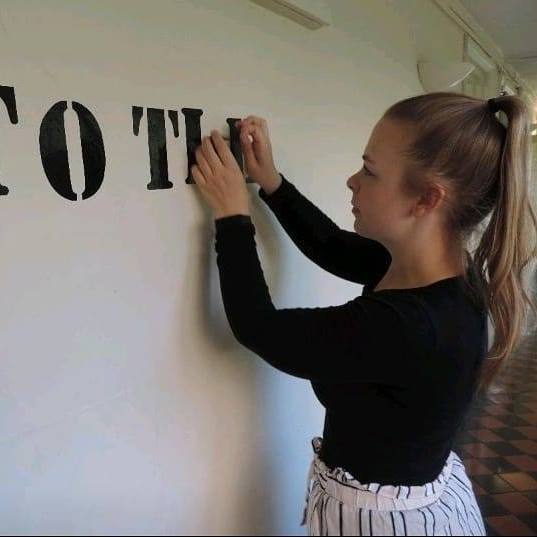
The author
https://www.nua.ac.uk/study-at-nua/research/research-degrees/students/abbie-cairns/

Read more

Read more
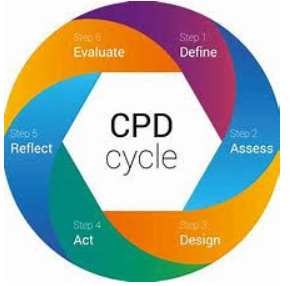
Read more
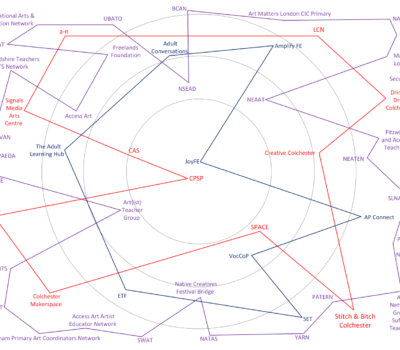
Read more

Read more

Read more

Read more
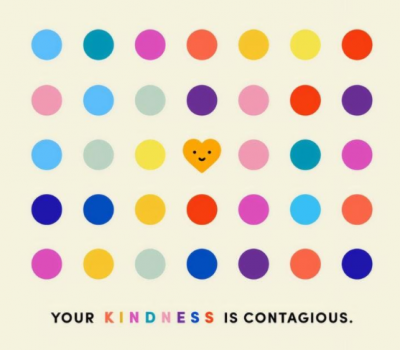
Read more


Are you looking for solutions? Let us help fund them! Nexus Education is a community of over 11,000 schools that come together to share best practise, ideas and CPD via online channels and free to attend events. Nexus also offers funding to all school groups in the UK via nexus-education.com


Established in 2011, One Education is a company at the heart of the education world, supporting over 600 schools and academies. Our unique appeal as a provider is in the breadth and synergy of the services we offer, supporting school leaders, teachers and support staff to achieve the best possible outcomes for their pupils and staff.

School Space is a social enterprise that has empowered schools for over 12 years through their profitable and hassle-free lettings services. So far, they’ve generated over £5 million in revenue for education, helping to connect over 200 schools with their local communities.





